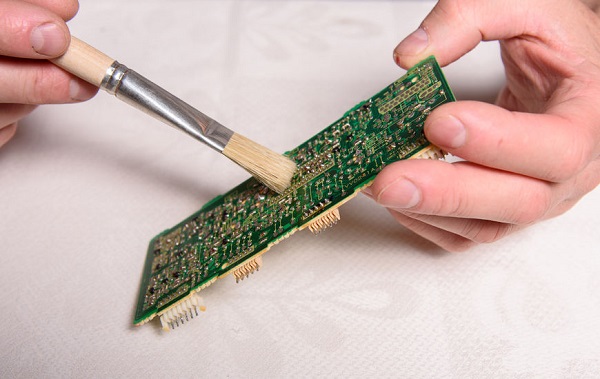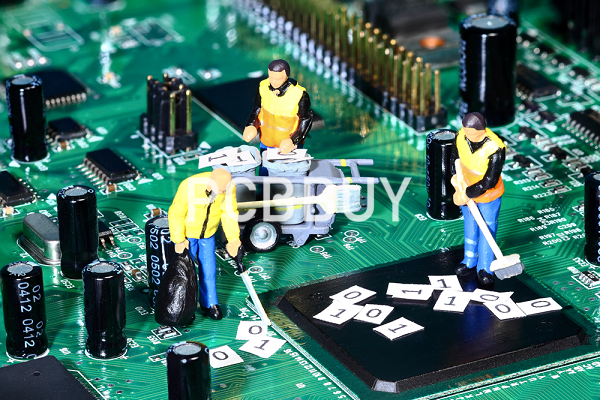How to Clean Dirty PCB & How to Process at Home?
By:PCBBUY 01/07/2022 17:07

Cleaning printed circuit boards is a very delicate process. When you are working with a printed circuit board, you are dealing with a variety of exposed components and connections that can easily be damaged if you attempt to clean the board improperly. How you will approach cleaning your printed circuit board will depend in large part on the types of contaminants you are dealing with.
How to clean the dirty PCBs? Do you know the effective methods to process it? In this passage, we are providing all the information about cleaning PCB, please check and read the content below.
Wanna know PCB knowledge? Check and read for more.

What are the causes of dirty PCB?
Residues during Production
Historically, activated rosin-based fluxes were used in the manufacture of PCBs. However, since these fluxes are comprised of chlorine or bromine compounds, any residue left after soldering would cause corrosion during the product’s operation. Consequently, numerous cleaning methods were developed to get rid of the halides. A well-cleaned product would have only minimal amounts of halide compounds on the surface.
Today, most PCB manufacturers use no-clean fluxes. Theoretically, these fluxes, usually composed of organic acids like adipic and citric, readily decompose when they’re heated during soldering, binding with the solder and leaving no corrosive residue behind.
Influence from Working Environment
Flux residue contamination typically stems from negligence or inadequate cleaning after assembly. However, even if you remove the residue from your newly fabricated circuit, you still need to consider environmental pollutants.
For instance, if you’re soldering in a dusty, unclean location or the outdoors, there’s a good chance that some dust particles or dirt may get trapped within the solder and cause problems down the road. PCBs in electronic gadgets that find use in harshly humid or dusty conditions also tend to deteriorate much faster than those in less extreme environments.
Improper Use/Operation
PCBs are delicate components that care when in use. So, while you may not fully control the environment surrounding your device, ignoring basic fabrication and usage precautions can also put your PCB at risk of contamination.
For instance, a board with active components needs to be enclosed in a ventilated package to promote heat dissipation. However, it is good practice to have fins lining these airways to deny dust an express route to your circuit.
How to clean dirty PCB?
Many circuit board messes don’t need more than compressed air to clean out dry contaminants like dirt and dust. For more persistent messes, you can use distilled water and a soft brush or a cleaner like baking soda to help break down messes without damaging the board itself.
For best results with all circuit board cleaning methods, you’ll likely need to use a screwdriver to open up the device to get better access to the circuit boards.
With all that in mind, follow these methods for how to clean a circuit board strip.
Compressed Air
For regular maintenance of a circuit board, get a can of compressed air and spray it inside the ventilation ports of your device to help clear away dust and debris. If you think you need to clean further, open up your device to get better access to the board.
Baking Soda
The sodium bicarbonate in baking soda helps to break down grime and corrosion build up on a dirty PCB (printed circuit boards) without causing damage to the circuit board.
Isopropyl Alcohol
Likewise, you can use isopropyl alcohol to break down sticky debris. Ninety percent or higher alcohol works best, as it dries quickly. When handling this material, you should wear gloves and goggles for protection. When and how to clean a circuit board with alcohol will depend on the mess you’re handling.
Distilled Water
When trying to make a circuit board cleaning solution, you should use distilled water, since it doesn’t damage electronics while cleaning. However, be sure to keep the water safely stored, as it can become contaminated.
Household Cleaners
If the other materials on this list don’t work for you, household cleaners can serve as a circuit board cleaner spray. If you use one, though, make sure it’s phosphate-free, as phosphates can damage circuitry.
Industry Category











